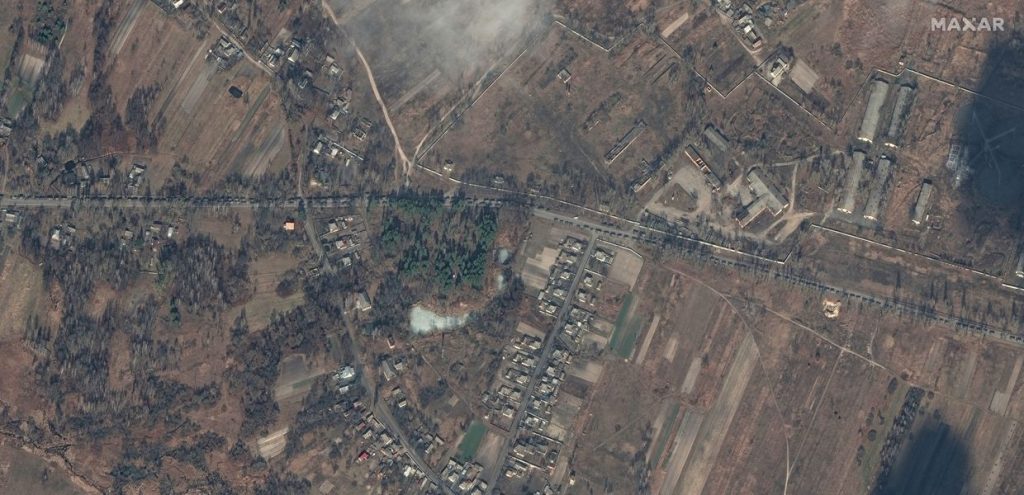The Pentagon’s Project Maven, an experimental artificial intelligence (AI) project, has been used in the battlefields of Ukraine with mixed results. The project aims to use AI algorithms to make decisions on behalf of soldiers and commanders. Despite struggles to adapt “21st-century data into 19th-century trenches,” Project Maven has been fed with a vast amount of data from various sources, including satellites and social media, to aid decision-making in the battlefield. The main current goal is to develop automatic target detection, which could lead to the creation of autonomous kamikaze drones that can seek and destroy enemy targets with minimal human intervention.
Ukraine has been utilizing a version of Project Maven that does not require the input of sensitive American intelligence or advanced systems. Ukrainian attack drones equipped with AI-powered targeting capabilities have been used to target the Russian energy industry, disrupting a significant portion of Russia’s refining capacity. The use of AI has enabled the drones to have precision targeting and resist jamming, improving the accuracy of strikes on enemy targets. This basic form of AI, known as machine vision, allows the drones to map terrain and execute strikes with high precision without needing constant satellite contact, providing strategic advantages for Ukrainian forces.
While specific details about Project Maven in Ukraine remain undisclosed, it has been credited with helping Ukrainian forces target the enemy more effectively. The project has also offered valuable lessons to both Kyiv and Washington regarding the weaknesses and areas for improvement in AI technology. The use of AI in combat situations has highlighted the need for a reconfigured military satellite system that can function more efficiently and effectively, similar to Elon Musk’s Starlink constellations of small satellites. This shift in understanding underscores the importance of adapting and evolving military technology to meet the demands of modern warfare.
The AI-powered drones used in Ukraine’s campaign against the Russian energy industry have showcased the practical applications of AI technology in warfare. By integrating AI into drone operations, Ukrainian forces have been able to conduct precise and targeted strikes on enemy infrastructure, significantly disrupting Russia’s refining capacity. The utilization of AI in combat scenarios demonstrates the potential for technology to enhance military capabilities and provide strategic advantages on the battlefield. The success of using AI in targeting drones highlights the evolving nature of warfare and the critical role of advanced technology in modern conflict.
The implementation of AI in military operations represents a significant advancement in the field of warfare, offering new opportunities for enhancing precision strikes and strategic decision-making. The use of AI in drone targeting capabilities has proven to be a valuable asset for Ukraine in its ongoing conflict with Russia, showcasing the potential benefits of incorporating advanced technology into military strategies. As AI continues to evolve and improve, it is likely to play an increasingly crucial role in shaping the future of warfare, providing new tools and capabilities for military forces to effectively engage and neutralize enemy threats. The lessons learned from Project Maven in Ukraine underscore the importance of harnessing AI technology to enhance military operations and achieve strategic objectives in complex and dynamic conflict scenarios.


